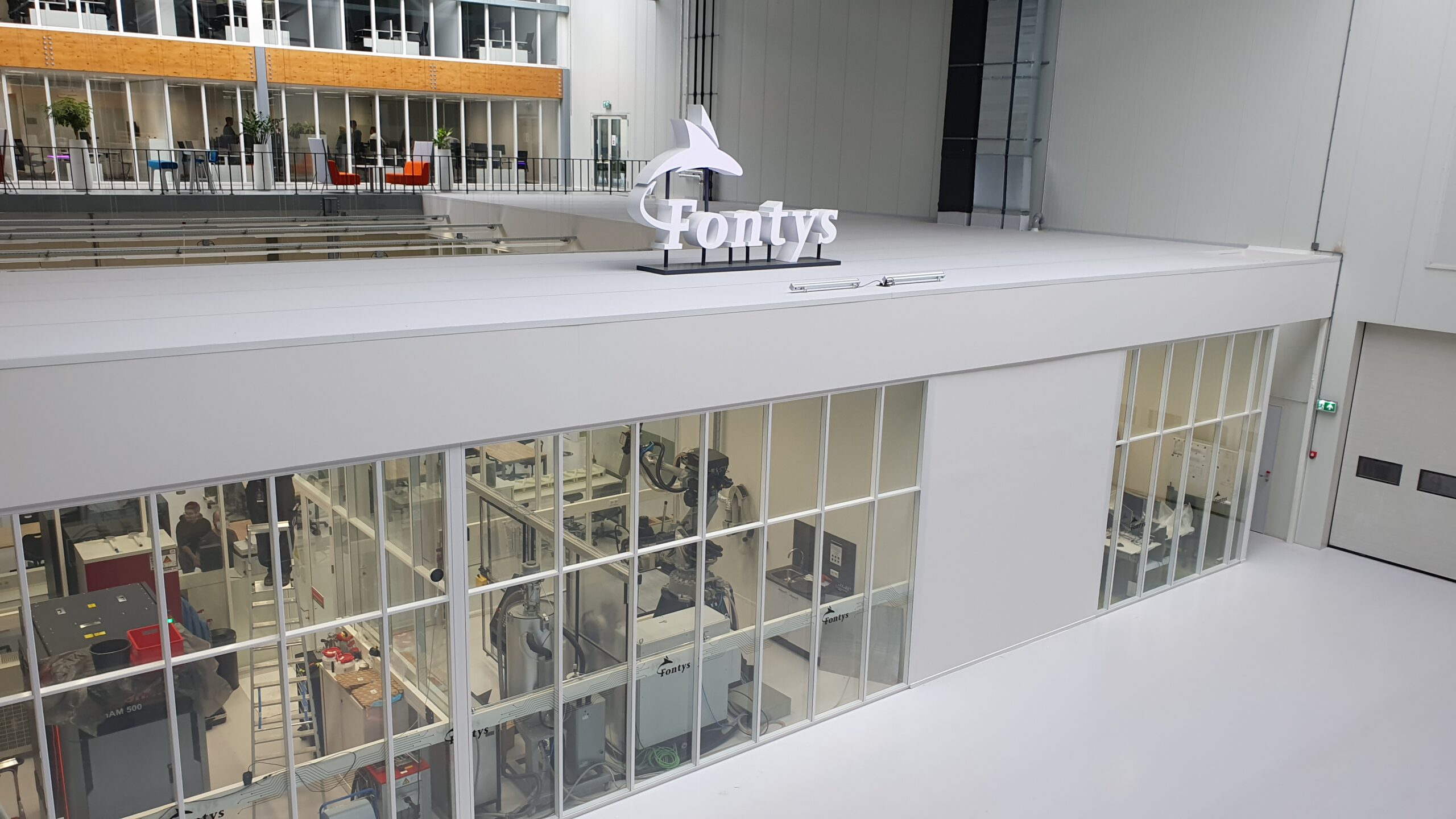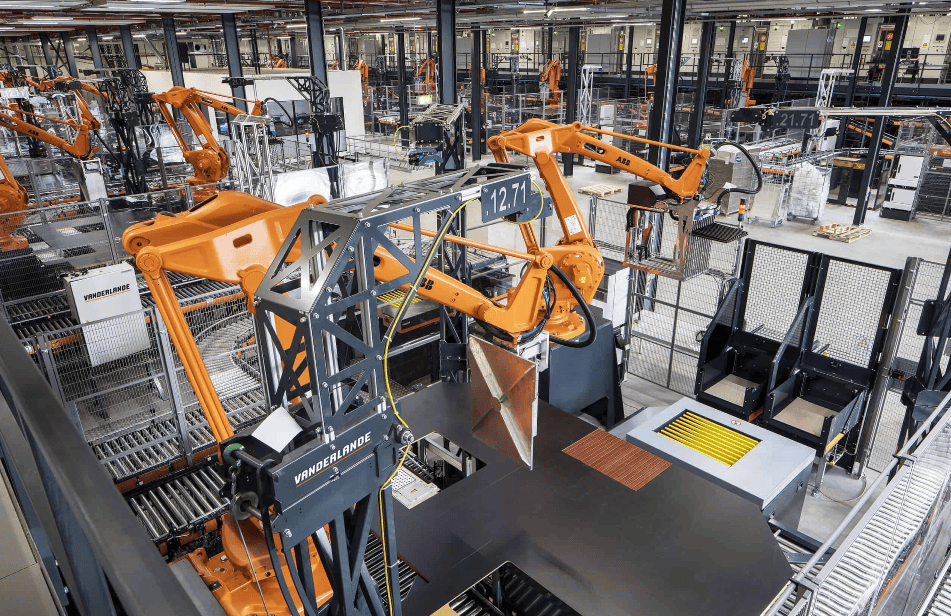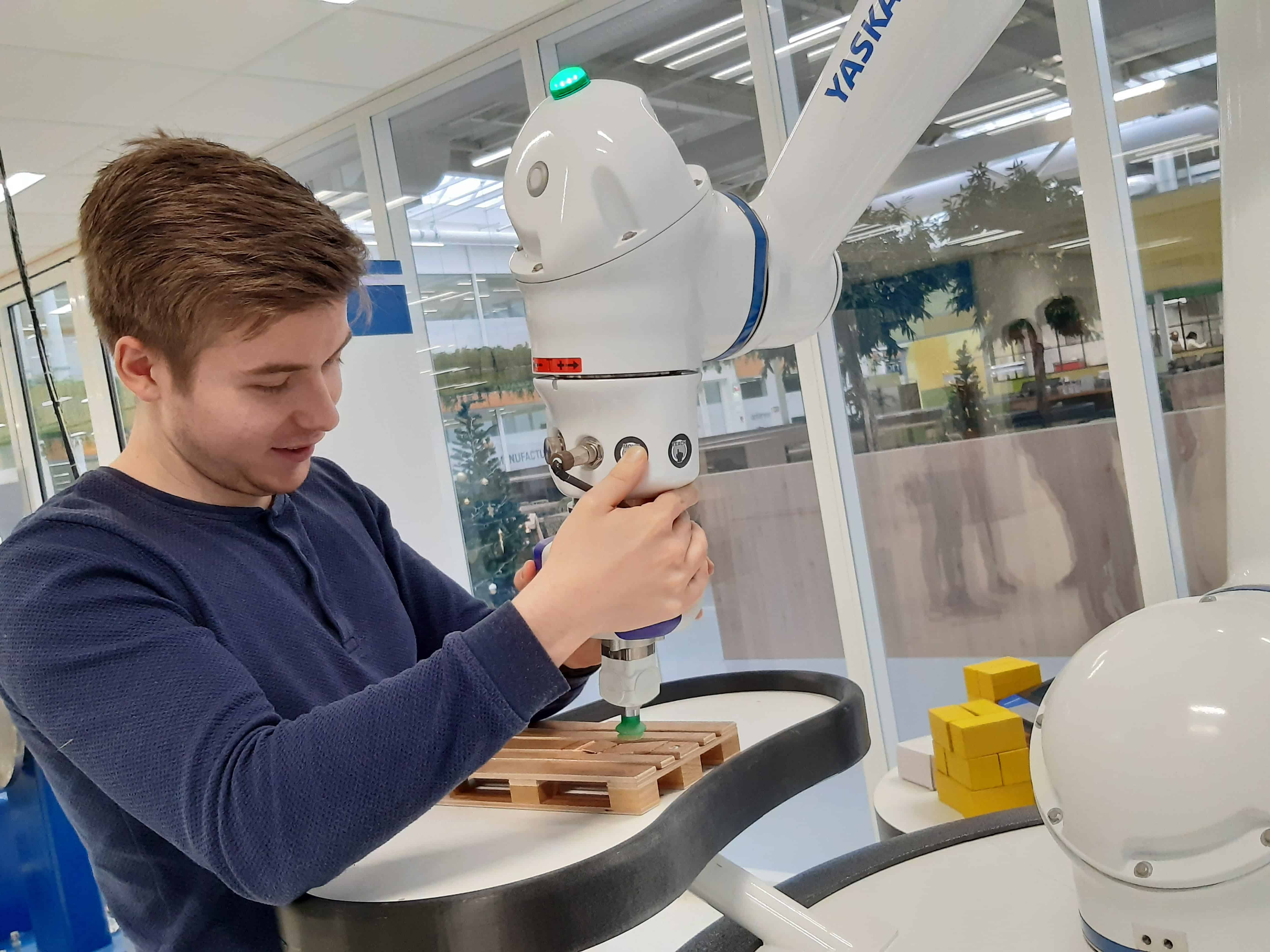
“Who doesn’t like to share their experiences with young people who will shape our future? We just need to find each other” says Ella Hueting, director of Fontys Hogeschool Engineering.
The lack of technical talent is not only felt by the companies that cry out the loudest, but also by the technical schools. And that is particularly unfortunate because that is precisely where the key to a structural solution lies. After all, if there are not enough teachers, the growth of young talent will lag behind the demand. The problem is even more acute at the moment because another wish – more students opting for a technical study program in senior secondary vocational education (MBO), higher vocational education (HBO), and universities – is now being fulfilled.
That is precisely why Ella Hueting calls the situation a ‘luxury problem’. “Don’t get me wrong, it is a serious matter, but the cause is actually a positive one. Our student numbers are growing year after year and we are well on track to meet our goal of doubling enrollment in 10 years, from 2,500 to 5,000, by 2025. The same goes for our research; we are achieving good results, both in terms of content and when it comes to generating additional funds.”
In addition, Fontys will receive more money for initiatives around Lifelong Development and catching up with the learning backlogs resulting from Corona. Moreover, in 2022 two new technical masters will start in close cooperation with the business community and an associate degree in cooperation with the MBO. “And all this also means that we need extra people. On January 1, there are twenty vacancies, the majority intended for technical teachers.” Hueting’s faculty is not the only one with this problem: at Fontys ICT, there are currently even around fifty open spots.
Hybrid teacher
Hueting is realistic: it will probably not be possible to fill all those vacancies before the new year. And that is why alternatives are being considered. At the top of the list: the hybrid teacher. “And not just as an emergency solution, because for various reasons hybrid teachers can be a welcome addition to our staff. Take components such as control engineering, mechanics, or embedded systems, where we really need the input from the industry itself to be able to properly prepare our students for jobs in these sectors. Moreover, it is an added value both for our students and for the company from which these people originate: the students hear firsthand what their studies can lead to and the hybrid teacher can already find out whether there are any talents for his own company. Sharing your knowledge with young people who are eager to learn makes every professional happy.”
Brainport Industries Campus
Especially for the latter reason, Hueting thinks it’s a shame that there are still relatively few hybrid teachers active in her school. “I’m sure they’re out there, they just need to get familiar with the phenomenon.” She also contacted Erik Veurink, director of Brainport Industries Campus (BIC), the place where Fontys Engineering also offers part of the program, about it. “It should be possible to create cross-links between business and education right there.”
Veurink couldn’t agree more. “Of course there is already plenty of cooperation back and forth, that’s what our whole concept is based on. That mainly concentrates on joint use of the equipment and large machines, occasional guest lectures or tours, and easy access to each other’s networks. In that respect, you can conclude that BIC puts the thoughts around the triple helix – the collaboration between business, education, and government – into practice every day. But there are always more possibilities and the hybrid teacher is definitely one of them.”
Girls and technology
What Hueting and her colleagues in technical education also continue to struggle with is that the pond to fish from is still almost exclusively male. In contrast to most other countries, also within the EU, engineering is not a logical study choice for girls in the Netherlands. “With us, 2% of the students are currently women. Imagine if we could get that to 50/50: then our whole problem would be completely solved within a few years.” The business community could also do more about it, Hueting believes. “It’s easy to point at us when it comes to recruiting new students, but before that, there needs to be a better image of what it’s like to work as a woman for a technical company.”
Should it not prove possible to fill the vacancies, the programs have no choice but to adjust the group size and to switch more often to digital education. “But we know that there are limits to this. We have the necessary experience with online and hybrid teaching, of course, but we still want to keep in contact with our students as intensively as possible. That’s super important.”









